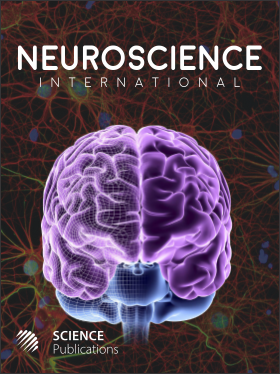Increased Tissue Pressure Induces Demyelinated Lesions and Necroses in the Brain
- 1 Dietrich-Bonhoeffer Hospital Neubrandenburg, Germany
- 2 Martin-Luther-Universität Halle-Wittenberg, Germany
- 3 Institut Für Arbeits-und Sozialhygiene, Germany
Abstract
A general brain edema increases the size of the brain tissue and stretches the elastic neuronal and glial fibers. Myelinated fibers are more elastic than unmyelinated fibers. The stretching of the neuronal fibers leads particular in regions of the white matter or areas surrounded by myelinated fiber tracts to an increased tissue pressure. This physical principle can be the reason for demyelination and tissue necrosis. The higher the tissue pressure, the lower the blood perfusion. We support the pressure-hypothesis by comparison with well-known pressure related pathologies of the nervous system and other organs. One convincing example is the central pontine myelinolysis. A general or local tissue edema may lead especially in the periventricular and the deep white matter, but also in the cerebellum, the brain stem and the spinal cord to the formation of hypoxemic lesions. In consequence, this could result in diseases like leukoaraiosis, Binswanger encephalopathy, idiopathic intracranial hypertension and Multiple Sclerosis (MS). In cases of brain tissue swelling, capsula-like structures may lead to a rapid increase in tissue pressure within the enclosed areas. This may occur particularly at the optic nerve. A reduced reabsorption of Cerebrospinal Fluid (CSF) can also lead to an increase of the pressure in the Central Nervous System (CNS).
DOI: https://doi.org/10.3844/amjnsp.2015.1.7

- 4,275 Views
- 2,785 Downloads
- 2 Citations
Download
Keywords
- Brain Edema
- Tissue Elasticity
- Tissue Pressure
- White Matter Diseases
- Central Pontine Myelinolysis
- Multiple Sclerosis
